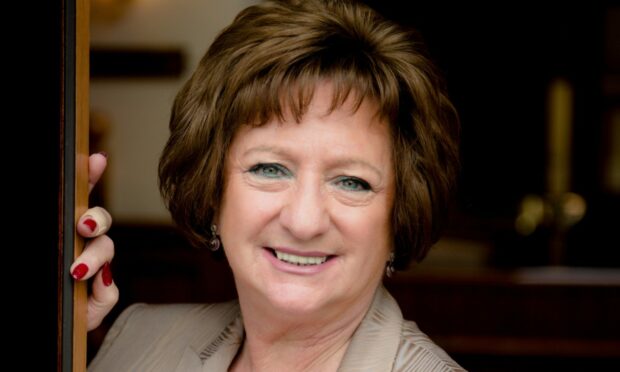Business leaders in Scotland say individual workplaces should be the ones to decide when employees go back to the office, not the Scottish Government.
They are also urging the government to lift all remaining coronavirus restrictions “as soon as possible”.
Scotland entered ‘beyond level zero’ on Monday 9 August, meaning all venues can once again reopen and physical distancing has ended.
However there are still some restrictions in place, such as providing contact details for track and trace, and gathering limits of 2,000 people indoors and 5,000 outdoors.
Speaking on BBC Good Morning Scotland, Covid Recovery Secretary John Swinney says he believes face coverings will be required at least until the end of next winter, and says Monday to Friday office working may be consigned to the past for many.
Businesses not government should decide
Dr Liz Cameron, chief executive of the Scottish Chambers of Commerce, says it should be up to individual businesses how they operate post-pandemic.
She said: “Even before the Covid-19 pandemic, many businesses had already begun the shift towards introducing new, flexible working models as they recognise that greater flexibility in the workplace can help tackle inequalities, attract talent and retain skills in the economy, benefitting both business and society.
“There is no one-size-fits-all model for businesses or employees when it comes to flexible working however and it should be down to businesses and their employees to determine what the gradual and phased return to the office or workplace will look like.”
She added: “The Scottish Government’s greenlight for businesses to enact their plans for office return was an important step towards supporting employees back to the workplace.
"The most significant lifting of restrictions on our economy to date will be welcomed by Scotland’s business community. We must continue to make progress toward the complete lifting of all legal restrictions as soon as possible" – @lizcameronSCC https://t.co/1HDKm14cDI
— Scottish Chambers (@ScotChambers) August 3, 2021
“The bottom line is that it must be businesses who must be allowed to decide the model that works best for them, in consultation with their employees, not government.
“The economic impact of the return of office worker footfall to our town and city centre businesses, who have been severely impacted by office closure, will be considerable and a return to offices will help put Scotland’s wider economy back on the road to recovery.”
Return to offices will boost city centres
Colin Borland, director of devolved nations at the Federation of Small Businesses (FSB), said he wants to see all remaining coronavirus restrictions lifted “as soon as possible”, and said getting those who want to back into the office will help boost town and city centres.
He said: “While the focus has been on big business and the public sector, FSB survey work suggests that Scotland’s office-based small businesses are roughly evenly split regarding whether they plan to operate as they once did or adopt more hybrid or remote working practices.
“Individual businesses will have a lot of factors to consider, such as whether they use any specialist equipment on their premises and the relative costs of different working models.
“While it isn’t clear yet what share of workers will return to offices in the short term, we all want our town and city centres to thrive.
“It is fair to acknowledge many local places faced severe challenges before the pandemic struck, but many problems have been exacerbated by the crisis.
“That’s why we need sustained government funding to future-proof our high streets, so that they’re highly attractive places to locate your business, no matter your sector.
“That in turn will drive the footfall required to support the more traditional operators located in our centres.”
‘Remove any ambiguity on return to offices’
Shane Taylor, policy manager at Aberdeen and Grampian Chamber of Commerce, added: “Mixed messaging on the return to the office will act to constrain our recovery ambitions.
“The Scottish Government must immediately set out indicative dates and an endpoint to the Covid rules that remain in force.
“Crucially, this must remove any ambiguity on the return to the office, giving businesses and employees the space to come to arrangements which work for them.”
Virus is still with us, says government
The Scottish Government says it is important to still keep some restrictions in place as the virus has not completely disappeared.
A spokeswoman for the government said: “We have removed the vast majority of legal restrictions, however the virus has not disappeared and there are some baseline mitigations in place for now to help protect ourselves and each other.
“The remaining regulations will be reviewed regularly to ensure the precautions remain necessary and proportionate.
“Since the start of the pandemic, businesses have benefitted from £3.7 billion in business support, more than a third of total Covid funding, which includes £2.8bn in grants and £965 million in Covid-19 non-domestic rates relief.”



